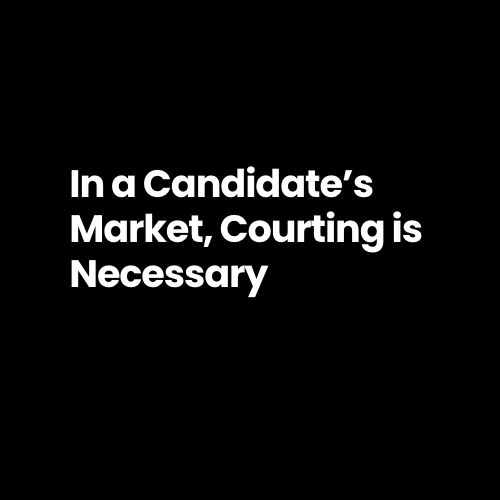In today’s talent pool, it is often said that the pendulum has swung to the candidate’s side. The candidates seem to have the upper hand. The balance of power for the time being is on the candidate’s side. Employers must recognize this and position themselves accordingly to attract and retain top talent.
Key HR Statistics And Trends In 2024 – Forbes Advisor
Candidate’s lens
Candidates believe that there is a surplus of good jobs out there, and they have the luxury of shopping employers until they find the right fit. They feel that they have greater leverage and can be more selective. The things that candidates look for today are much different than that of the pre-Covid era. Follow the minds of the candidates and win over the competition.
Candidate’s wants
1. Challenging opportunity – one where the candidate is doing something different every day, one where they feel that they are part of something bigger, one where they feel that the organization is solving a problem or making the world better
2. Competitively paid opportunity (compensation and benefits) and a chance for increases over time
3. Growth opportunity – career development, provide a clear picture for advancement and show the company’s investment in training and development
4. Flexibility – work-life balance, demonstrate with stories how the company supports the balancing of everyone’s professional and personal commitments
5. Workplace flexibility – this generation of workers is looking for at a minimum a hybrid role and at a maximum a remote role. Some call this a revolution. Employers must embrace the change and find solutions that work for everyone
Deloitte Review Courting the candidate-customer (DR13_courting_the_candidate_customer2.pdf (deloitte.com)
First, understand that this should be a candidate-centric approach. The questions that should constantly be asked throughout the process – How would the candidate view this? How would the candidate feel about this?
Court candidates through the interview process by demonstrating good and frequent communication, providing feedback and timelines, and respecting the candidate’s time. This all develops trust. Mix up communication with phone conversations, emails, and texts. Don’t communicate using just one style. And make communication individualized. Do not mass email communication.
Keep in mind that candidates want to be part of a brand these days. Employers must showcase their brand during the process. They must differentiate themselves and have a compelling story as to why a candidate should go to work for them.
Candidates want to identify organizations that align with their values. The belief system of the employer should be similar to that of the candidates.
Workplace culture must be defined. Examples must be communicated. Employee testimonials help a great deal. Social media reviews come into play.
Demonstrate the company’s commitment to technology. This is very important to this generation.
In Summary
It is about developing a relationship and creating a workplace culture that people want to be a part of. If this is done correctly, good retention statistics follow and company growth and profitability flourish.

